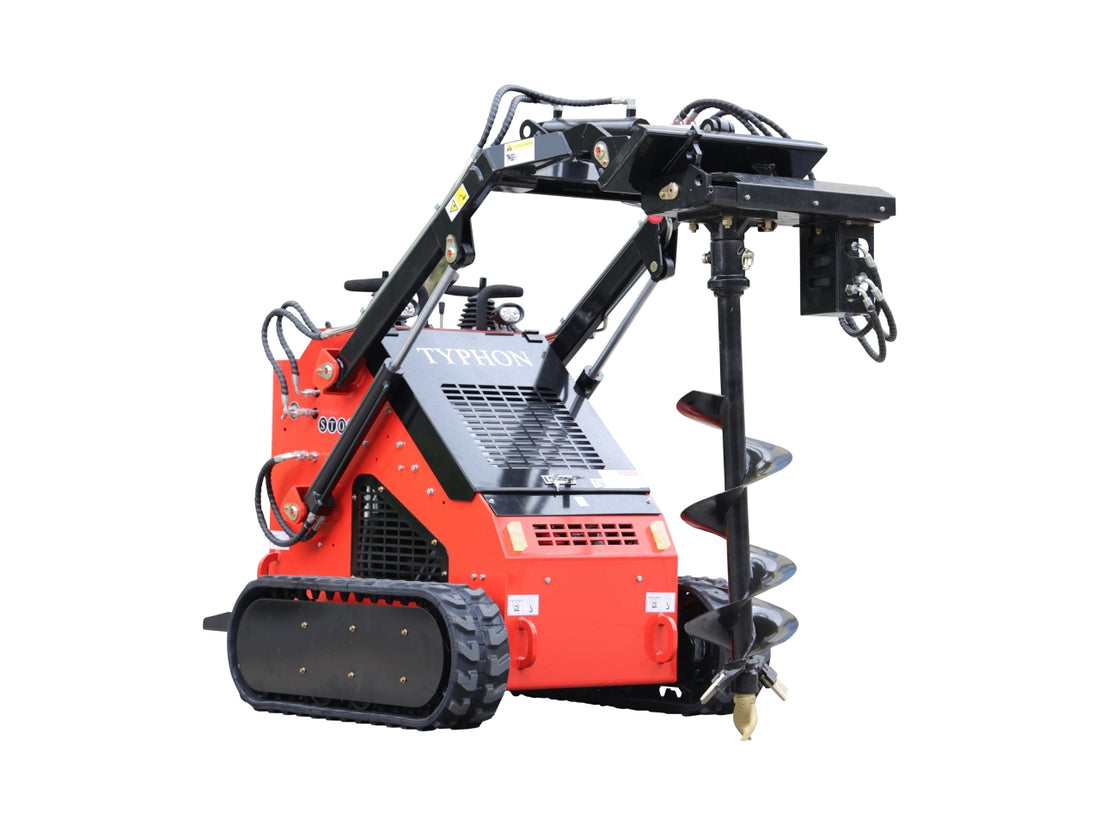How Skid Steers Work and Their Applications in Construction
Skid steers, often hailed as the workhorses of construction sites, boast a versatile array of functionalities coupled with robust mechanics. This comprehensive exploration delves into the intricate workings of skid steers, elucidating their operational principles, multifaceted applications, and the evolving landscape of their technological advancements.
At the core of a skid steer's functionality lies its hydraulic system, a marvel of engineering that facilitates precise control over various movements and attachments. Hydraulic pumps, typically powered by the skid steer's engine, generate pressure to actuate hydraulic cylinders responsible for movements such as lifting, tilting, and steering. By modulating the flow of hydraulic fluid through valves and hoses, operators command the machine with remarkable dexterity, maneuvering through tight spaces and executing intricate tasks with ease.
A meticulous examination of skid steer components unveils a symphony of mechanical ingenuity. The chassis, engineered for stability and durability, houses the engine, hydraulic reservoir, and crucial components. The pivotal role of the loader arms, coupled with their ability to accommodate a diverse array of attachments, empowers skid steers to undertake tasks ranging from excavation and material handling to grading and snow removal. Moreover, auxiliary hydraulic circuits expand the machine's capabilities, enabling seamless integration of specialized tools such as augers, grapples, and hydraulic breakers.
Illustrative case studies underscore the profound impact of skid steers across various industries. In construction, these nimble machines excel in site preparation, demolition, and debris removal, enhancing efficiency and safety on the job site. Landscaping endeavors benefit from their ability to maneuver in tight spaces, facilitating tasks like sod installation and tree planting with precision. Meanwhile, in agriculture, skid steers prove indispensable for chores such as feeding livestock, clearing brush, and handling bales, amplifying productivity while minimizing labor costs.
As technology marches forward, the future of skid steers brims with promise and innovation. Emerging trends herald advancements in autonomous operation, augmented reality interfaces, and telematics integration, promising to elevate efficiency and safety to unprecedented levels. Furthermore, strides in electrification and alternative fuel sources foreshadow a greener, more sustainable future for skid steer technology, aligning with global efforts towards environmental stewardship.
In conclusion, the enduring relevance and versatility of skid steers in construction, landscaping, and agriculture stem from their robust mechanics, intuitive controls, and adaptability to diverse tasks. As they continue to evolve in tandem with technological progress, skid steers remain indispensable allies in the pursuit of efficiency, productivity, and sustainability across myriad industries.

